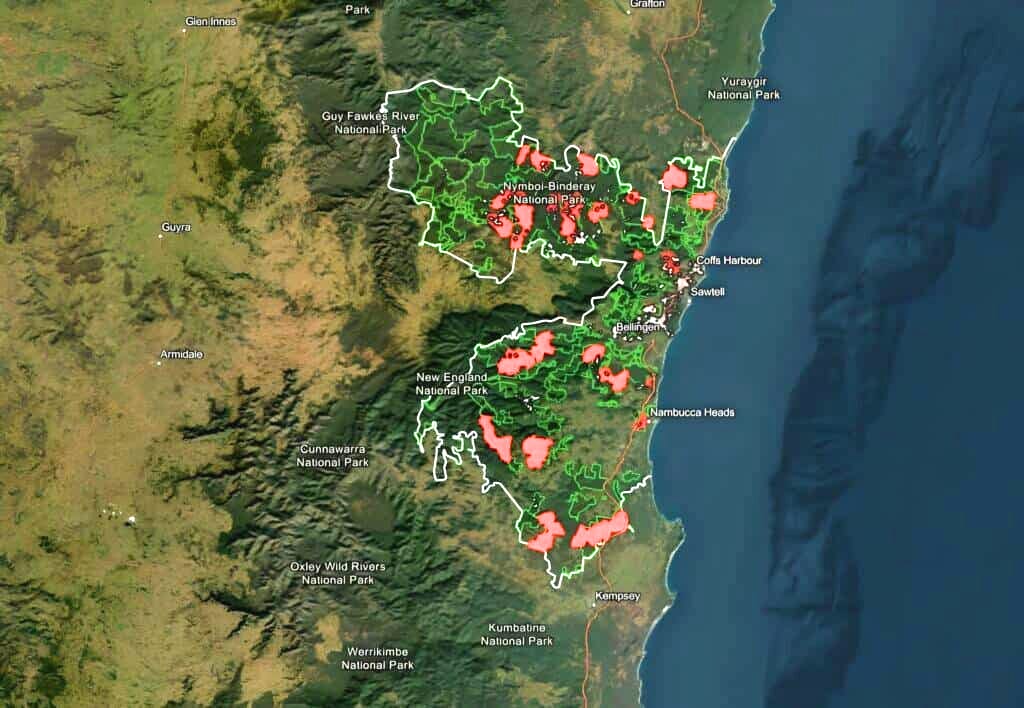NSW harvesting for native forestry has steadily declined since at least 2016, with all trees replanted as a condition of the government-owned Forestry Corp’s compliance with the Australian Standard for Sustainable Forest Management.
That is one of many takeaways from the NSW Government’s Biodiversity Report and Outlook for 2024, published yesterday, the first to fully capture the destruction caused by the 2019/20 Black Summer Fires.
Where once native forestry was the primary driver of loss in woody vegetation (in 2009), new landcover and tree mapping reveals that harvesting for native forestry steadily dropped every year since 2010, with harvesting slashed by one-third between 2020 and 2021 alone.

This afternoon, Wood Central spoke to Maree McCaskill, Timber NSW’s CEO, who said the numbers all point to one thing: that the state’s native forest industry, responsible for generating $2.9 billion and employing 9000 people, does not contribute to the loss of woody vegetation – or the biodiversity crisis.
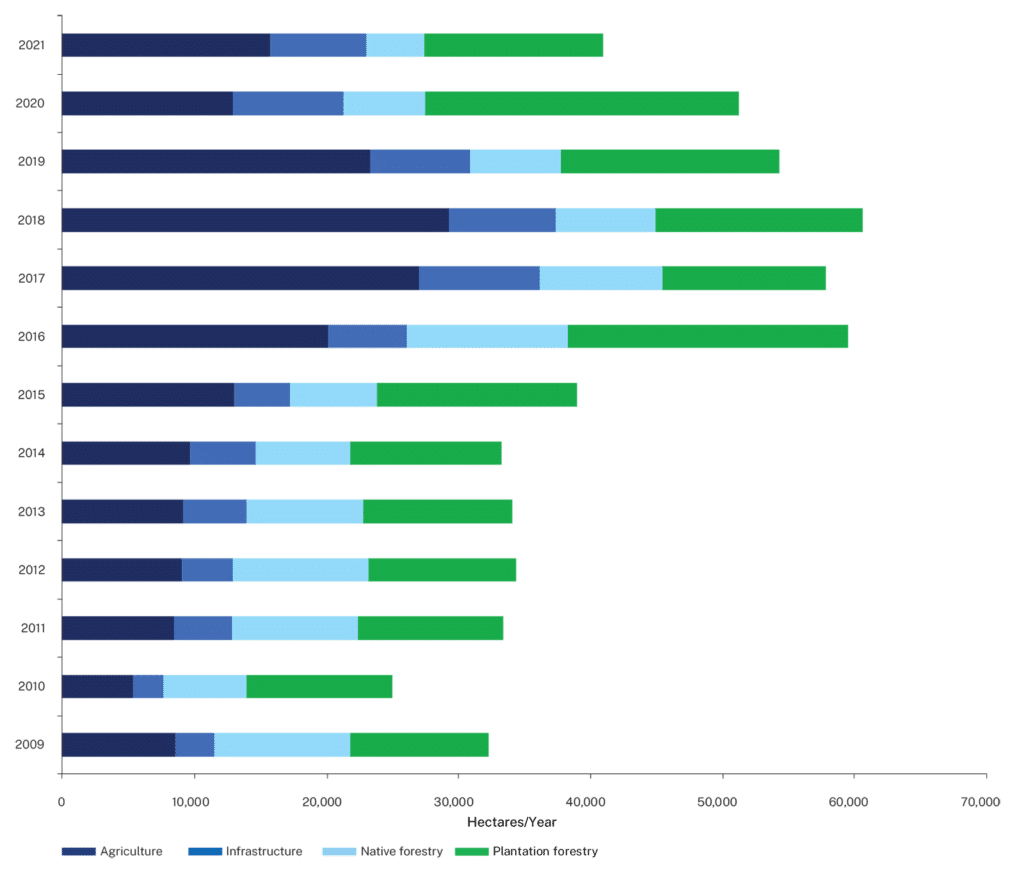
“Agriculture (where trees are felled for farming) and infrastructure (for real estate development) dwarfs native forestry,” Ms McCaskill said. “When you look at virgin forests, which are pristine and untouched forests, the overwhelming losses come from infrastructure,” adding that those forests are entirely off limits to native forestry.
She added that “the NSW Department is factually wrong to say that native forestry is responsible for land-clearing,” with the industry only allowed to harvest and not clear. “This is a problem we continue to have with the department as their terminology is wrong,” Ms McCaskill said.
The data comes from NSW’s Statewide Landcover and Tree Study (SLATS), which has captured woody clearing data since 1988 and reported the data since 2006 – with Data captured reported at an annualised rate.
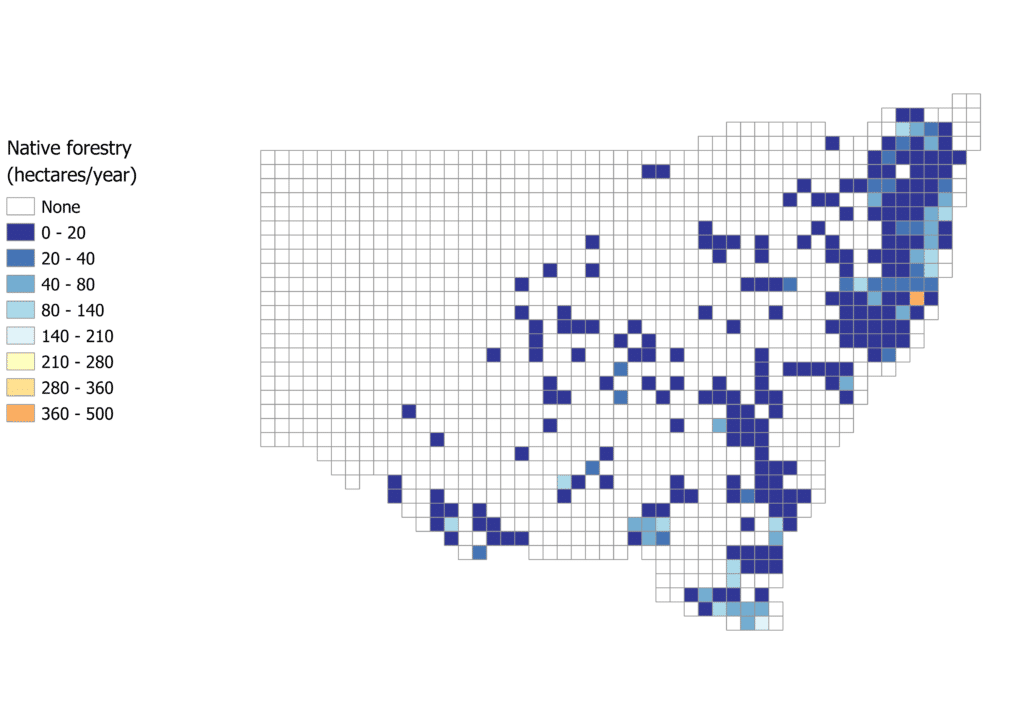
According to the NSW Department of Environment and Heritage, which maintains the data, clearing rates use satellite images captured every summer. Where the bulk of agriculture losses occur in central NSW, the vast majority of harvesting for native forestry occurs in the North East—not only is it home to the proposed Great Koala National Park but also where most of NSW’s power poles are sourced.
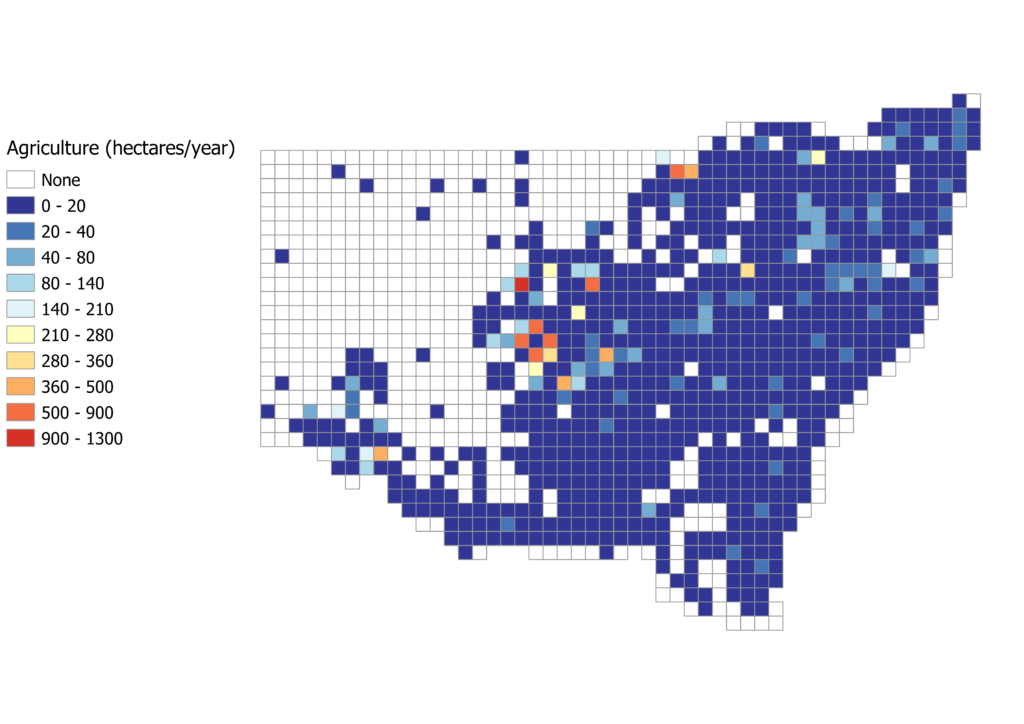
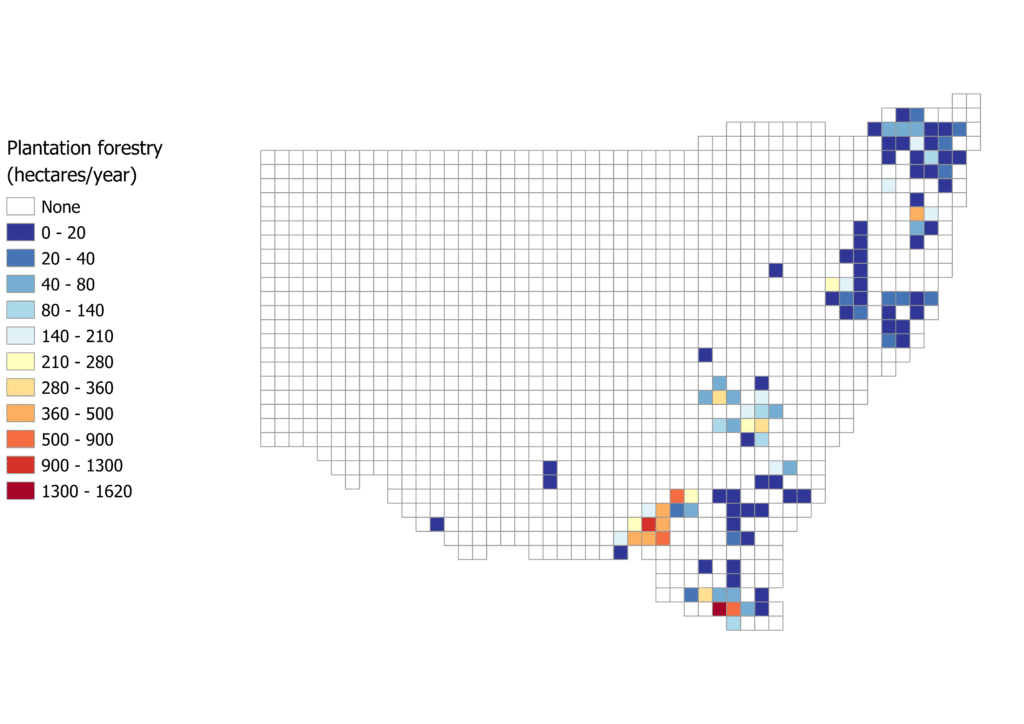
The new data supports a report published by the FAO, which confirmed that Australia was behind China, the country with the highest reforestation rate up to 2020.
According to the FAO, Australia gained more than 446,000 hectares per year and was the main driver in Oceania, recording the second-largest net gain, reversing a negative trend from past decades.
“The reversal mainly reflects changes reported by Australia, from an average annual net loss of 207 000 hectares in 1990–2000 and 227 000 hectares in 2000–2010 to an average yearly net gain of 446 000 hectares in 2010–2020,” the FAO said.
- Wood Central will have additional coverage about the NSW Biodiversity Outlook Report for 2024 in the coming days.




